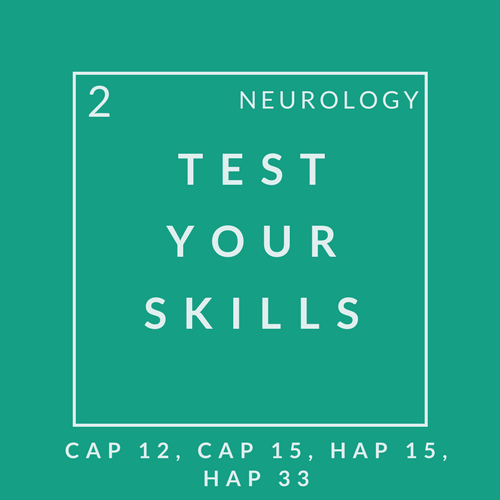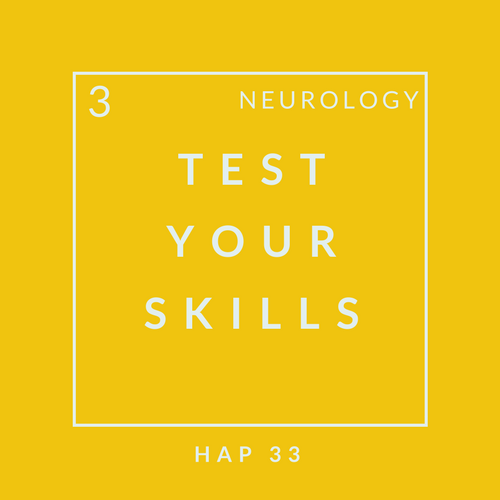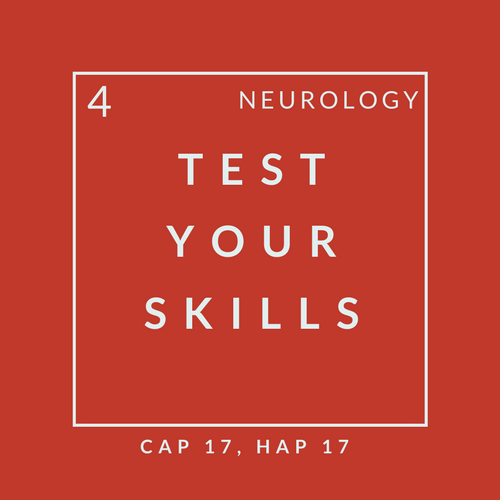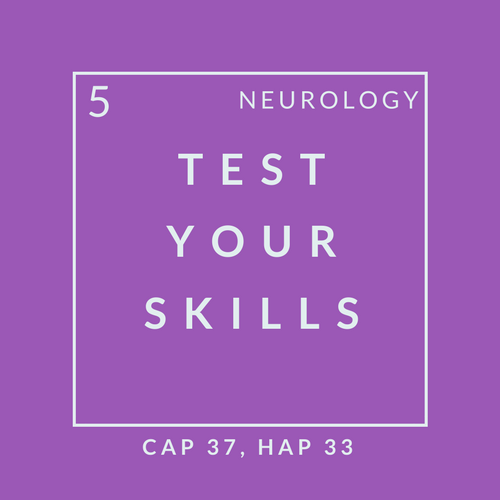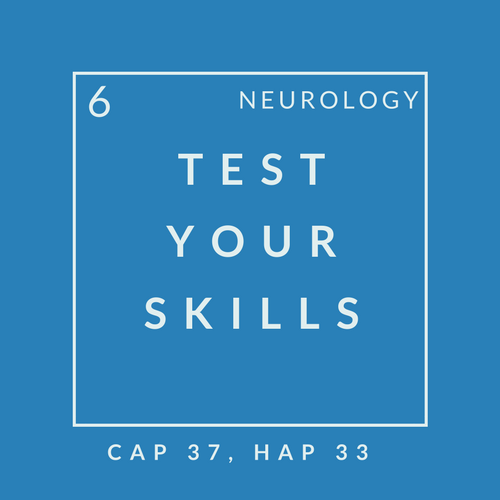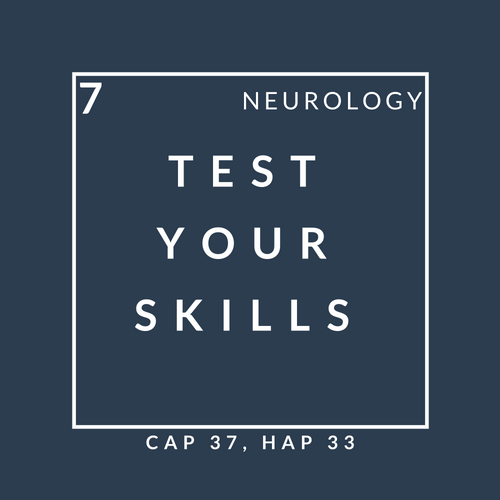Neurology
Aims For The Week
List headache 'red flags' and understand their significance
Diagnose the various stroke syndromes
Develop an appropriate management strategy for the confused patient
List the differential causes of weakness
Initiate management of Status Epilepticus
Differentiate between TIA patients suitable for discharge and those requiring admission
List the causes of seizures and recognise the different patterns
List the differential diagnoses, initial investigations and management of the unconscious patient
Describe extra-ocular cranial nerve palsies
Advise patients regarding driving following LOC, syncope and seizure, according to legal guidelines
Stroke
Strokes are one of the most common and potentially debilitating conditions suffered by patients in the ED. We should always remember the adage ‘Time is brain’ and aim to diagnose and discuss thrombolysis as quickly as possible. There is also the sometimes tricky decision about who can go home following a TIA. Not all strokes cause ‘FAST’ symptoms, posterior circulation strokes can present with all manner of weird and wonderful symptoms including ‘dizziness’ and the symtoms may be fluctuant.
This dizziness guideline, from one of our local departments, can help you determine the benign from sinister causes of ‘dizziness’, and this stroke syndromes resource might help remind you of the different stroke classifications.
However, not all weaknesses are strokes and you should have a differential for other causes of weakness and focal neurological deficits. It’s also worth revising cranial nerve anatomy, examination and palsies.
Headache
Headaches represent up to 4% of all ED presentations, making it one of the most common reasons for attendance. The vast majority of headaches are benign, but can you spot that 1 in 100 who has a critical cause? There are some red flags for headaches that you should ensure aren’t present before you discharge that patient. This video is a good revision for headache history taking.
Seizures
Seizures are another common reason for ED attendance. Patients may present as status epilepticus, a life threatening emergency, are you confident in the management? What about diagnosing other causes of seizure, and other seizure patterns? And are you familiar with the various anti-epileptic drugs?
Often patients attend having had a ‘seizure’ or other transient or persisting causes of loss of consciousness at home, possibly unwitnessed. Many of these patients can be discharged with referral to the first seizure clinic following review in the ED.
The DVLA has very strict guidelines relating to various neurological conditions and driving, be aware of these because you need to inform your patient, and they may need to inform the DVLA.
Confusion
Acute Confusion in our department is usually caused by delirium, head injury or intoxicants. However very occasionally someone might present with Transient Global Amnesia, could you spot it?
Test Yourself
TEST YOUR Neurology KNOWLEDGE WITH OUR QUICK QUIZZES
All mapped to the ACCS & Emergency Medicine HST curriculum!



